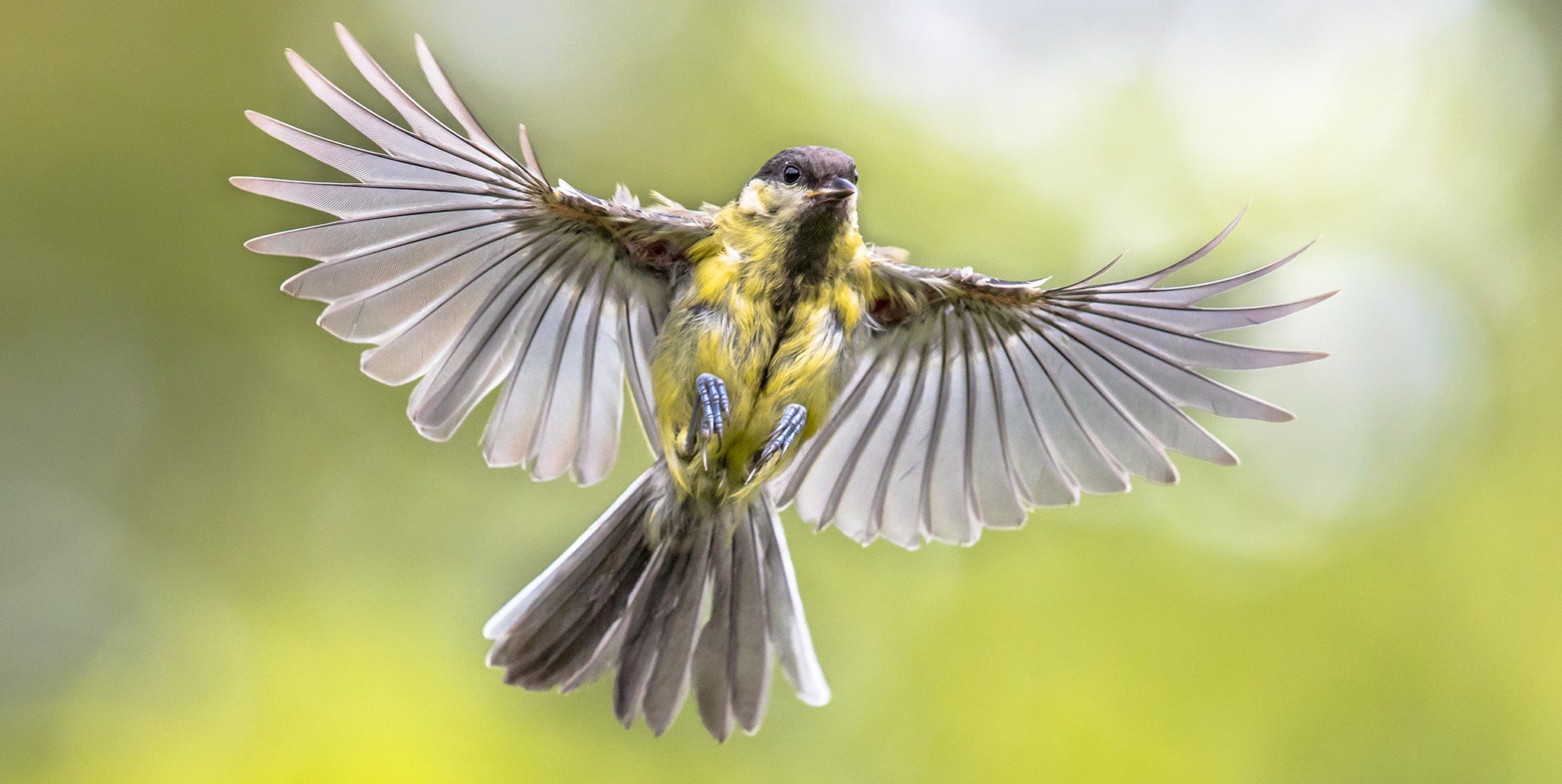Fastest Birds
The peregrine falcon (Falco peregrinus) holds the title of the fastest bird in level flight, reaching speeds of over 240 miles per hour (386 kilometers per hour) during diving stoops while hunting. This incredible speed allows peregrine falcons to catch their prey mid-air.
Migratory Birds
Many migratory bird species travel long distances at impressive speeds. For example, the bar-tailed godwit (Limosa lapponica) holds the record for the longest non-stop flight by any bird, covering over 7,500 miles (12,000 kilometers) from Alaska to New Zealand in just nine days.
Slowest Birds
Hummingbirds are known for their agility and hovering abilities, with some species being able to maintain a stationary position in the air while feeding on nectar. Their flight speed can range from near stationary hovering to about 34 miles per hour (55 kilometers per hour) in forward flight.
High-altitude Flyers
Birds that soar at high altitudes, such as vultures and eagles, can reach impressive heights while maintaining steady flight speeds. These birds utilize thermal updrafts and air currents to stay aloft for extended periods without flapping their wings, conserving energy during long-distance flights.
Maneuverability
Birds like swifts and swallows are known for their exceptional aerial acrobatics and maneuverability. These birds can change direction rapidly, perform tight turns, and navigate complex flight patterns in pursuit of flying insects or to evade predators.
Diving Speeds
Birds like the common swift (Apus apus) are capable of diving at tremendous speeds to catch insects on the wing. Swifts have been recorded reaching speeds of up to 69 miles per hour (111 kilometers per hour) during steep dives.
Hovering Birds
Some bird species, including kestrels and harriers, exhibit specialized hovering behavior while hunting. These birds can maintain a stationary position in the air by rapidly beating their wings and adjusting their flight position to scan the ground below for prey.
Flight Endurance
Albatrosses are renowned for their exceptional flight endurance, capable of traveling vast distances over the open ocean without landing. These seabirds can cover hundreds of miles each day while gliding effortlessly on ocean winds, conserving energy through dynamic soaring and long glides.
Flight Adaptations
Different bird species have evolved specialized flight adaptations to suit their ecological needs. For example, falcons have pointed wings for swift and agile flight, while seabirds like gannets have long wings for soaring and diving into the water to catch fish.
Varied Flight Speeds
The diversity of bird species results in a wide range of flight speeds, from the slow flapping of a heron stalking prey in shallow waters to the swift aerial pursuits of a falcon diving after its quarry. Each bird's flight speed is finely tuned to its specific ecological role and survival strategies.
Flight Endurance
Some birds, like migratory shorebirds, are known for their exceptional flight endurance. These birds can fly continuously for hours or even days without landing, covering vast distances over oceans and deserts during migration.
Soaring Speeds
Birds that soar, like raptors and albatrosses, can cover vast distances with minimal energy expenditure by riding on air currents and thermals. They can reach impressive speeds while soaring, sometimes exceeding 50 mph (80 km/h) without actively flapping their wings.


